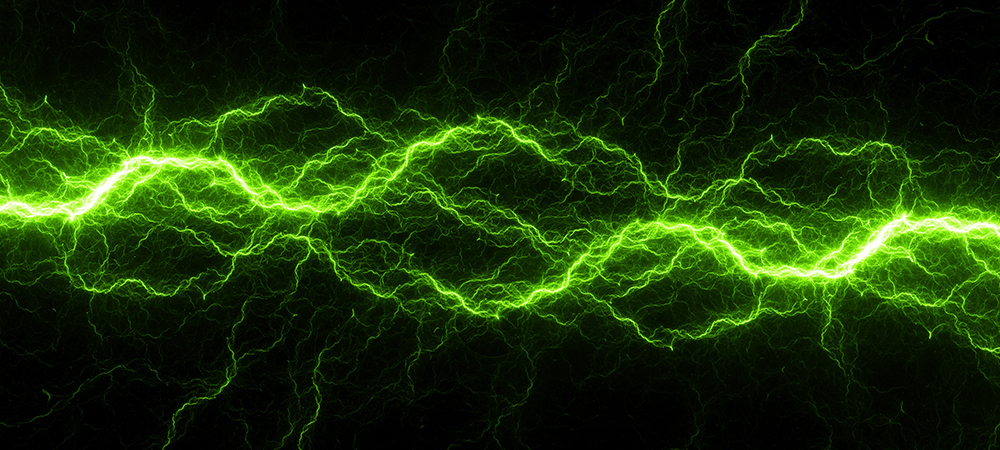With the digital economy booming, data centres will play an important role in powering the digital enterprises of the future. And as all industries are actively engaged in implementing carbon neutrality goals, building greener and more energy efficient data centres is a major target for the data centre industry. Sanjay Kumar Sainani, Global SVP & CTO for Data Center Business Unit of Huawei, highlights the importance Huawei places on continued innovation to help enterprises achieve carbon neutrality by building more energy efficient, low carbon data centres.
With the spread of the COVID-19 epidemic, the digital economy is bucking the wider trend and booming. By 2023, it will account for an astonishing 62% of global Gross Domestic Product (GDP), according to the International Data Corporation (IDC), one of the world’s leading market intelligence firms.
Clearly, the world is entering a new age, one where the digital economy plays the starring role. And with that, energy – the literal engine of the digital world – is now one of the key competitive factors for the digital economy’s success.
Which is also to say: accelerated transformation of energy infrastructure, as the world digitalises, is inevitable, driving big changes for energy enterprises and the sector as a whole. Of course, energy conservation and emissions reductions – under the threat of irreversible climate change – are pressing global concerns. With all industries actively engaged in implementing carbon neutrality goals, building greener and far more energy efficient data centres is a major target for the data centre industry. Fortunately, this is an area that Huawei has already explored and made significant breakthroughs in.
Data centres are evolving, shifting focus to the additional value they add beyond simple storage. Accordingly, traditional construction models are changing, moving toward modularisation and prefabrication. And the arrival of Huawei FusionDC on the market – a next generation, green data centre solution – has further shaken up how things used to be done.
Indeed, its promise is the wholesale reconstruction of data centres, from overall architecture and management to temperature control and power supply systems. And the results? Power Usage Effectiveness (PUE) that’s substantially improved, building truly low carbon and energy saving data centres.
A greener way to build
In contrast to the traditional way that data centres were built before, Huawei’s FusionDC has a modular design, with all core subsystems prefabricated in the factory. This means that modules simply have to be assembled on-site, block by block, making construction far faster and far, far easier.
Indeed, with this solution, a high-level data centre with 1,000 cabinets can be delivered within just six months, supporting rapid service rollout. Plus, building a prefabricated modular data centre involves dramatically reduced waste and while the assembly rate (the proportion of equipment that is prefabricated) reaches 97%. In the case of a five-story building area of 8,600 m2 and 1,500 cabinets with power density of 8 kW per cabinet, construction waste is slashed by 80%. Furthermore, carbon emissions related to construction tumble by 90%. This truly is a greener way to build data centre facilities.
Achieving optimal energy efficiency
A data centre’s cooling system is its biggest consumer of energy. Indeed, in today’s world, traditional chilled water solutions have unacceptably high energy needs, not to mention frustratingly complex architectures. Instead, Huawei FusionDC uses indirect evaporative cooling to maximise natural sources of cooling, effectively improving PUE. In addition, as an innovative leader in data centre energy, Huawei applies Artificial Intelligence (AI) technologies to data centre operations, cloud-edge collaboration, cloud model training and local high-performance policy execution.
In a particular 1,500-cabinet data centre currently in operation in China Beijing, with power density of 8 kW per cabinet and a load rate of 50%, Huawei’s indirect evaporative cooling solution cuts electricity consumption by 32% and water consumption by 33%, compared to a chilled water solution.
Elsewhere, the power supply system uses full-chain converged power modules and Huawei SmartLi intelligent lithium batteries to deliver high efficiency and power density. With distributed components and a converged power supply, the physical space required for the power distribution system is cut by 40%, with system efficiency reaching up to 97.5%, compared to a traditional solution.
Optimising energy efficiency in real-time through intelligent O&M
Converged intelligent features enable End to End (E2E) predictive maintenance and E2E optimisation of resource utilisation as well as energy efficiency and Operations and Maintenance (O&M). This is a full-lifecycle experience and, in energy operations, an autonomous driving data centre.
Energy conservation and sustainable development are now key drivers of the data centre industry’s development. Huawei FusionDC provides a green data centre solution, one that has already been widely adopted around the world.
In the future, Huawei will continue to innovate and help enterprises achieve carbon neutrality by building more energy efficient, low carbon data centres, that foster business success but not – quite literally – at the cost of the planet.


